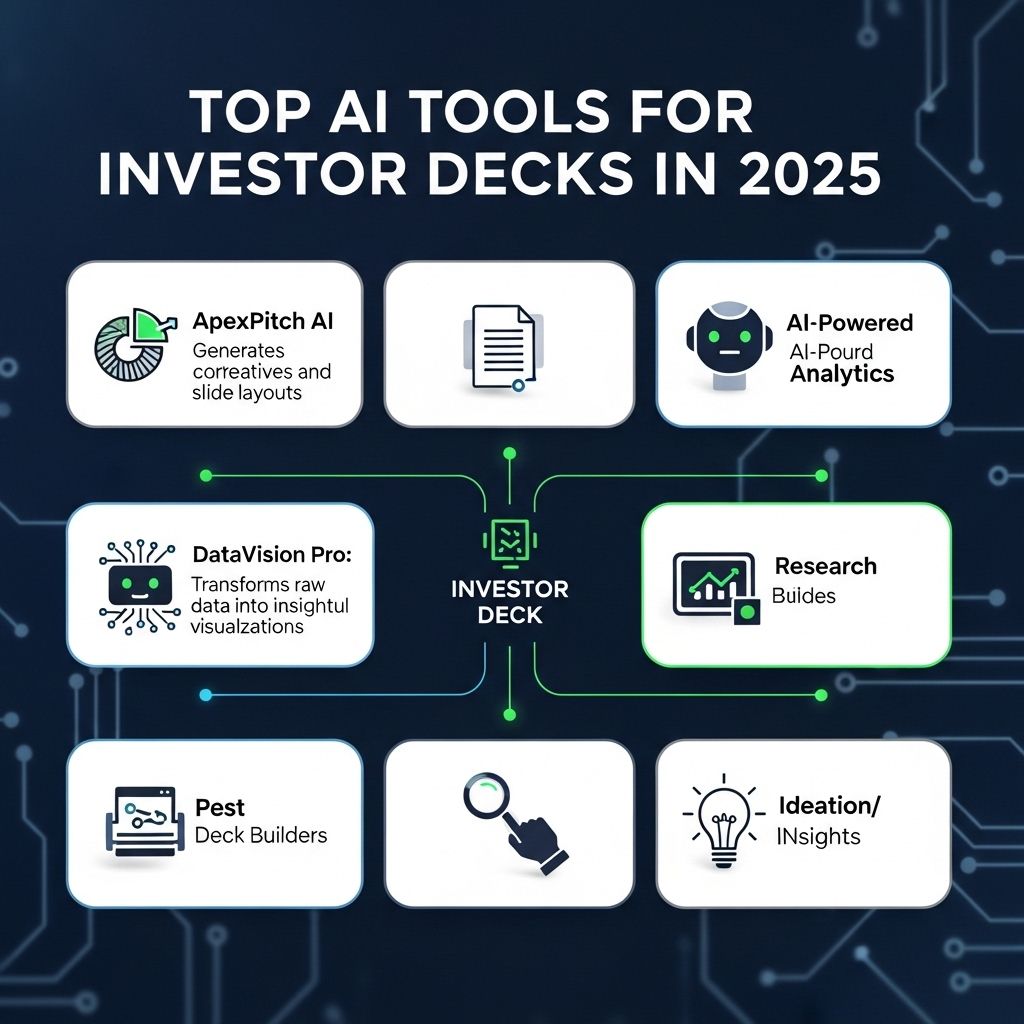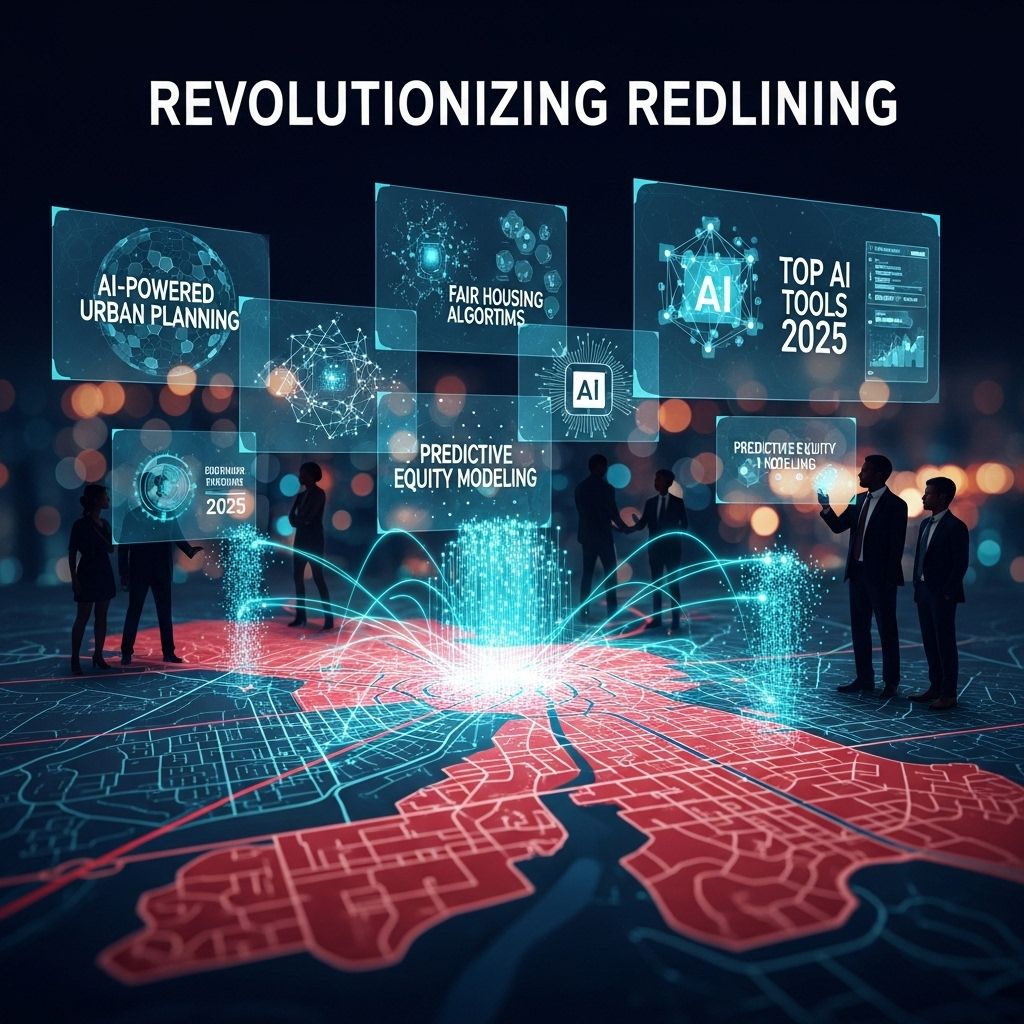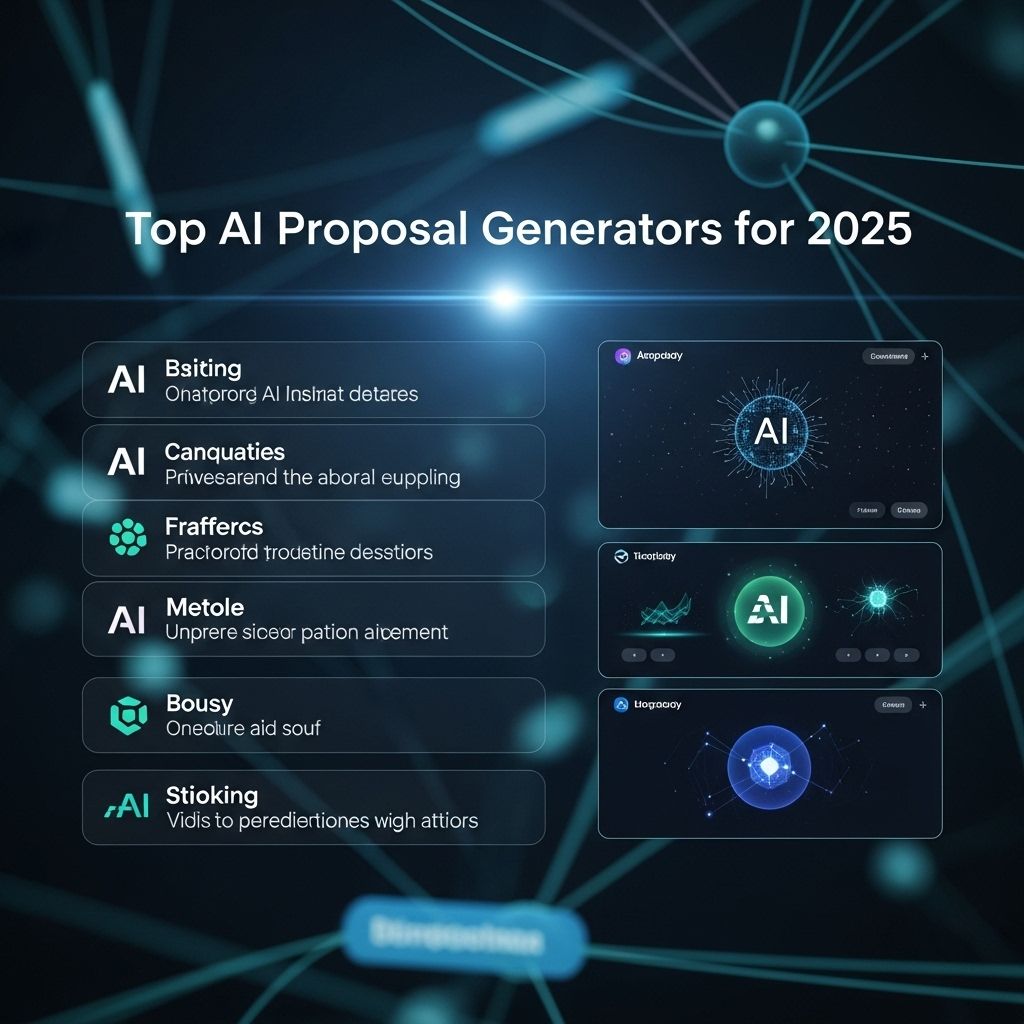Voice-Controlled AI: Your Business’s New Best Friend
Discover how voice-controlled AI can enhance productivity and streamline operations in your business. Transform your workflow today!

In the rapidly evolving landscape of technology, businesses are constantly on the lookout for tools that enhance efficiency and productivity. One of the most revolutionary advancements in recent years has been the rise of voice-controlled AI systems. These sophisticated technologies allow users to interact with computers and various devices through speech, streamlining operations and improving accessibility. In this article, we will explore the myriad benefits of integrating voice-controlled AI into your business operations, how to implement these systems effectively, and the future trends that could shape the way we work.
Table of Contents
Understanding Voice-Controlled AI
Voice-controlled AI, often powered by natural language processing (NLP) and machine learning, enables users to engage with devices in a conversational manner. This technology mimics human understanding of speech, allowing it to comprehend commands, respond to inquiries, and execute tasks with remarkable accuracy. Here are some core components of voice-controlled AI:
- Natural Language Processing (NLP): A branch of AI that helps machines understand and interpret human language.
- Machine Learning: Algorithms that improve performance over time through experience and data.
- Speech Recognition: The ability of a program to identify and process human speech into a machine-readable format.
Benefits of Voice-Controlled AI in Business
Integrating voice-controlled AI into business practices can yield significant advantages. Here are some of the most impactful benefits:
1. Enhanced Efficiency
Voice-controlled AI streamlines many repetitive tasks, allowing employees to focus on higher-value work. For instance:
- Scheduling meetings through voice commands.
- Retrieving information from databases without manual searching.
- Generating reports by simply stating commands.
2. Improved Accessibility
Voice technology removes barriers for employees with disabilities, promoting inclusivity. Features include:
- Voice activation for hands-free operations.
- Customizable speech settings for different needs.
3. Cost Reduction
By automating routine tasks, businesses can reduce labor costs and minimize human error. A recent study by McKinsey found that automation could improve productivity by up to 30% in certain sectors.
Implementing Voice-Controlled AI
To successfully integrate voice-controlled AI into your business, consider the following steps:
1. Identify Use Cases
Determine where voice-controlled AI can provide the most value. Common applications include:
- Customer service agents responding to inquiries.
- Inventory management systems that track stock levels.
- Internal communication tools for team collaboration.
2. Choose the Right Technology
Select a voice-controlled AI platform that aligns with your business goals. Some popular options are:
| Platform | Best For | Key Features |
|---|---|---|
| Amazon Alexa for Business | Office environments | Voice scheduling, smart device integration |
| Google Assistant | Customer interactions | Natural language understanding, API integrations |
| Microsoft Cortana | Enterprise solutions | Productivity enhancements, Microsoft 365 integration |
3. Train Your Team
Ensure that your staff is equipped to utilize voice-controlled AI efficiently. Consider the following training approaches:
- Workshops on voice recognition technology.
- Simulated usage scenarios for practice.
- Continuous support for troubleshooting and improvements.
Challenges and Considerations
While voice-controlled AI offers numerous benefits, it’s essential to be aware of potential challenges:
1. Accuracy Issues
Voice recognition may struggle with accents, dialects, or background noise, leading to misunderstandings. Regular updates and training can mitigate these issues.
2. Privacy Concerns
The use of voice data raises questions about security and privacy. Businesses must implement robust data protection measures to secure sensitive information.
3. Integration with Existing Systems
Integrating voice-controlled AI with legacy systems can be complex. A thorough assessment of existing infrastructure is critical to ensure seamless integration.
The Future of Voice-Controlled AI in Business
The future of voice-controlled AI is bright, with advancements predicted to further transform how businesses operate. Key trends to watch include:
- Greater Personalization: AI will leverage user data to provide more tailored interactions.
- Enhanced Multimodal Capabilities: The integration of voice with visual and tactile interfaces will create more engaging user experiences.
- Widespread Adoption: As the technology matures, we can expect broader adoption across various industries, leading to new applications and innovations.
Conclusion
Voice-controlled AI is no longer just a futuristic concept; it’s a powerful tool that can enhance business operations today. By embracing this technology, companies can streamline processes, reduce costs, and foster a more inclusive work environment. As advancements continue to shape voice-controlled AI, businesses that adapt and integrate such technology will undoubtedly find themselves at the forefront of their industries, ready to meet the challenges of tomorrow.
FAQ
What is voice-controlled AI?
Voice-controlled AI refers to artificial intelligence systems that can understand and respond to voice commands, allowing users to interact with technology in a more natural and intuitive manner.
How can voice-controlled AI benefit my business?
Voice-controlled AI can enhance customer service, streamline operations, improve accessibility, and increase efficiency by automating tasks and providing quick responses to inquiries.
Is voice-controlled AI easy to integrate into existing systems?
Yes, many voice-controlled AI solutions are designed to be easily integrated into existing business systems and workflows, allowing for a seamless transition.
What industries can benefit from voice-controlled AI?
Various industries, including retail, healthcare, finance, and hospitality, can leverage voice-controlled AI to enhance customer interactions and improve operational efficiency.
What are the privacy concerns associated with voice-controlled AI?
Privacy concerns include data security and the potential for unauthorized data access. It’s essential to choose AI solutions that prioritize user privacy and comply with data protection regulations.
How can I choose the right voice-controlled AI solution for my business?
Consider factors such as compatibility with your existing systems, scalability, user-friendliness, and the specific needs of your business when selecting a voice-controlled AI solution.








